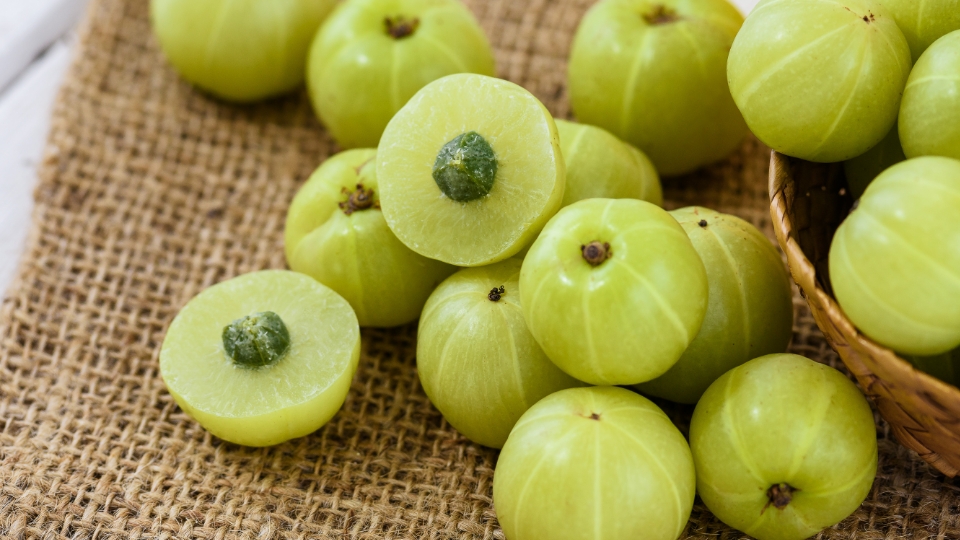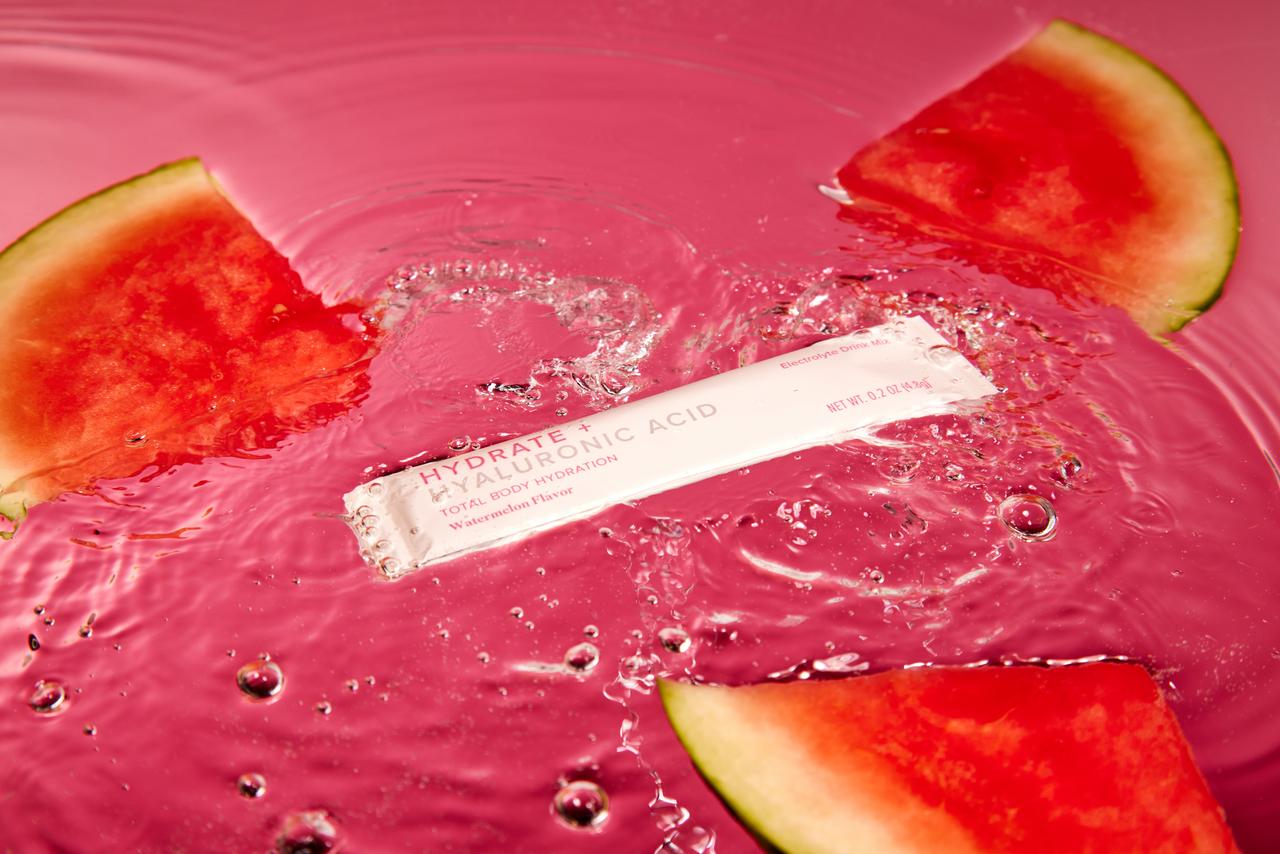In 1901, seeds with purported health benefits from an unusual fruiting tree located in Southeast Asia were provided to the United States Department of Agriculture (USDA) (1).
These seeds were then distributed to tropical environments in the Americas for investigation as a potential crop. The trees did rather well in places like Florida, Cuba, Puerto Rico, and Panama; indeed, the crop’s nutrient density sparked much enthusiasm at the time.
This enthusiasm, unfortunately, was short-lived, as the fruit was not well received, perhaps due to its small size and pungent taste. By the mid-20th century, the fruit was generally disregarded in the West and mostly forgotten (1).
Known as Amla, or Indian gooseberry, Westerners considered this fruit an unattractive food. Amla is generally sour, bitter, and tough even when harvested in autumn after the fruits have ripened. These features are rather unsurprising when examining the chemical composition of the fruit as it contains tannins, flavonoids, terpenoids, and phenols (2). Although these bioactive components impart strong flavors, they also contribute to many of the fruit’s health-promoting properties.
In comparison to its failed experiment in the West, Amla has been used for over 5,000 years in India and Southeast Asia (3). Rather than being viewed as food, Amla continues to be viewed as traditional medicine in these cultures. For example, Amla has been prized and used traditionally in Ayurvedic medicine for vitality, longevity, and improving cognition (3). In Ayurveda, it is considered one of the principal Rasayana plants. Rasayana is one of the eight domains of Ayurvedic medicine and specializes in rejuvenation recipes, dietary regimens, or special health-promoting supplements (4).
Under Rasayana, Amla is considered an adaptogen and is used as a vitality-enhancer in India (5). Indeed, it is commonly cultivated in home gardens and is grown commercially. The fruit can be eaten raw, pickled, and juiced but is often provided as an extract.
Amla offers impressive cell protection benefits when assessed with in-vitro experiments (6). Some research suggests that extracts may positively impact cardiometabolic health (7). Moreover, Amla appears to promote healthy hair growth and support skin health (8-10).
Now a subject of renewed scientific interest, this once-neglected fruit shows much promise for its contributions to health and wellbeing.
References
- Morton J. Emblic. In: Fruits of warm climates. Morton. 1987:213-217.
- Yang B, Kortesniemi M, Liu P, Karonen M, Salminen JP. Analysis of hydrolyzable tannins and other phenolic compounds in emblic leafflower (Phyllanthus emblica L.) fruits by high performance liquid chromatography-electrospray ionization mass spectrometry. J Agric Food Chem. 2012 Sep 5;60(35):8672-83. doi: 10.1021/jf302925v.
- Health Canada. Drugs and Health Products Monograph: AMLA – PHYLLANTHUS EMBLICA. December 18, 2018. Accessed March 6, 2022. http://webprod.hc-sc.gc.ca/nhpid-bdipsn/atReq.do?atid=amla&lang=eng.
- Balasubramani SP, Venkatasubramanian P, Kukkupuni SK, Patwardhan B. Plant-based Rasayana drugs from Ayurveda. Chin J Integr Med. 2011 Feb;17(2):88-94. doi: 10.1007/s11655-011-0659-5.
- Akbar S. Phyllanthus emblica L. (Phyllanthaceae). In: Handbook of 200 Medicinal Plants. Springer, Cham. 2020. doi: 10.1007/978-3-030-16807-0_144.
- Baliga MS, Dsouza JJ. Amla (Emblica officinalis Gaertn), a wonder berry in the treatment and prevention of cancer. Eur J Cancer Prev. 2011 May;20(3):225-39. doi: 10.1097/CEJ.0b013e32834473f4.
- Akhtar MS, Ramzan A, Ali A, Ahmad M. Effect of Amla fruit (Emblica officinalis Gaertn.) on blood glucose and lipid profile of normal subjects and type 2 diabetic patients. Int J Food Sci Nutr. 2011 Sep;62(6):609-16. doi: 10.3109/09637486.2011.560565.
- Kumar N, Rungseevijitprapa W, Narkkhong NA, Suttajit M, Chaiyasut C. 5α-reductase inhibition and hair growth promotion of some Thai plants traditionally used for hair treatment. J Ethnopharmacol. 2012 Feb 15;139(3):765-71. doi: 10.1016/j.jep.2011.12.010.
- Majeed M, Bhat B, Anand S, Sivakumar A, Paliwal P, Geetha KG. Inhibition of UV-induced ROS and collagen damage by Phyllanthus emblica extract in normal human dermal fibroblasts. J Cosmet Sci. 2011 Jan-Feb;62(1):49-56.
- Adil MD, Kaiser P, Satti NK, Zargar AM, Vishwakarma RA, Tasduq SA. Effect of Emblica officinalis (fruit) against UVB-induced photo-aging in human skin fibroblasts. J Ethnopharmacol. 2010 Oct 28;132(1):109-14. doi: 10.1016/j.jep.2010.07.047.





